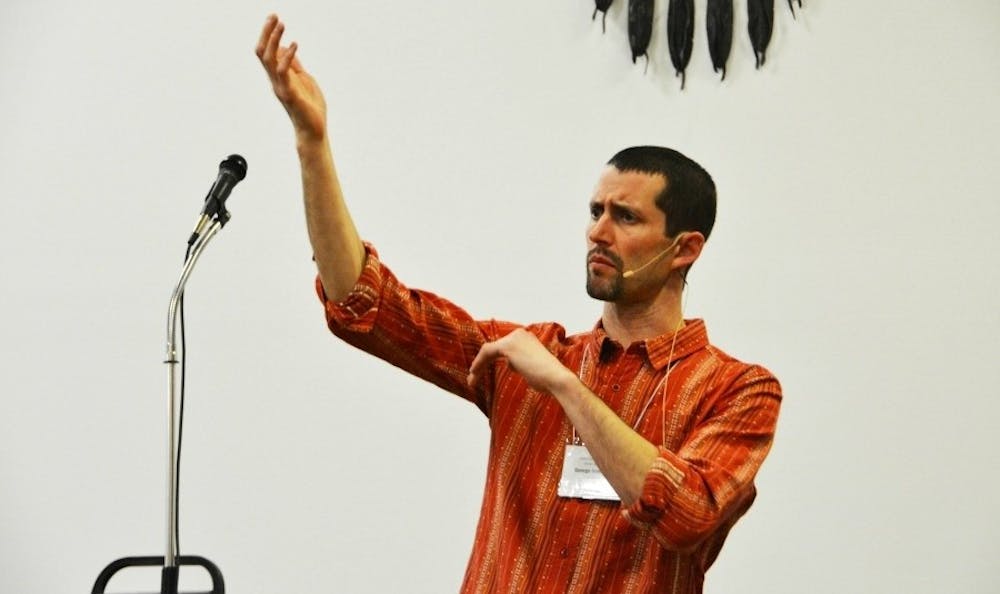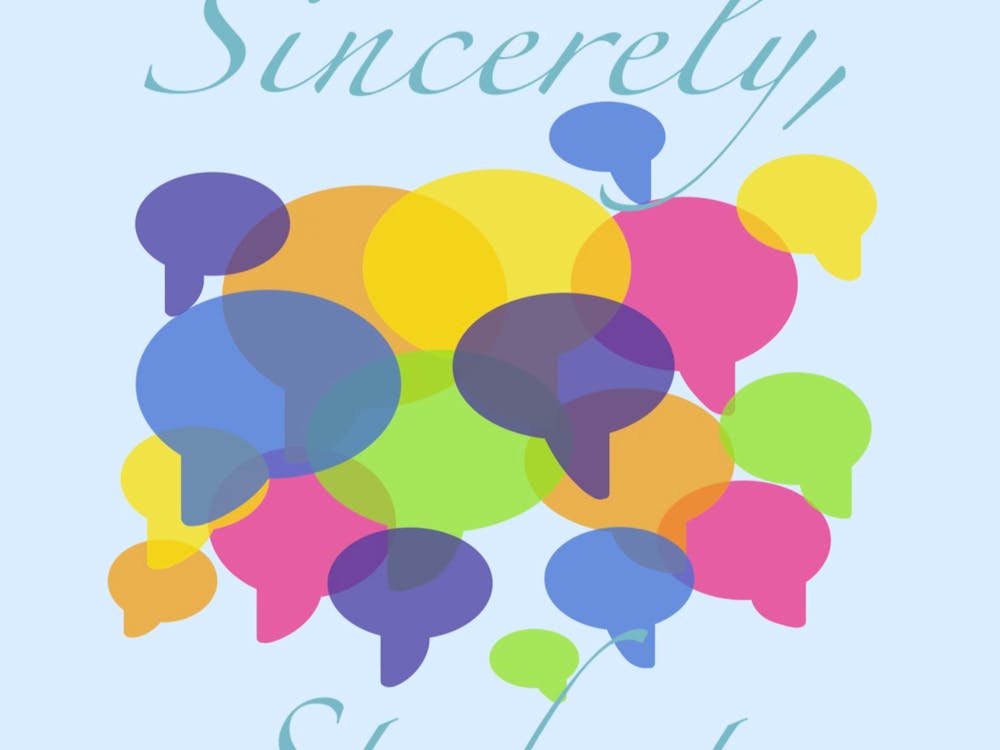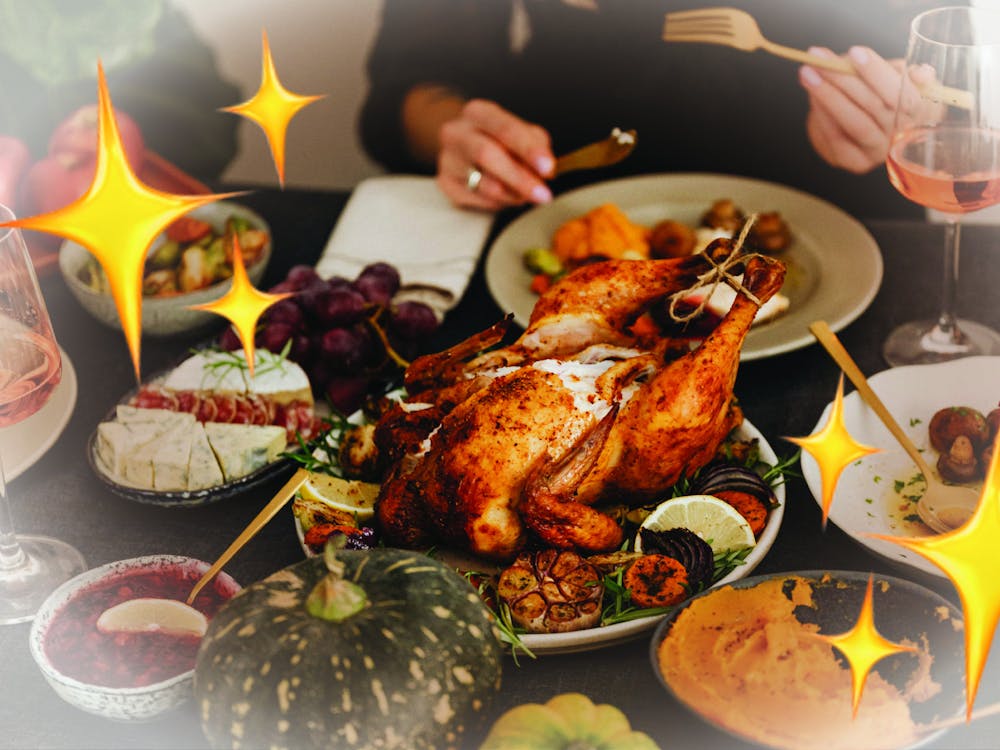Miami University has a long history with Native Americans, taking its name from the tribe that used to live in the area and now resides in Oklahoma. While today the relationship between the school and the tribe is cooperative, it was not always that way.
The university reached out to the tribe throughout the late 1900s in hopes of creating a more authentic and credible mascot to replace the cartoonish "redskin" that decorated campus. However, the Miami tribe came to the conclusion that supporting the mascot was against their beliefs and asked that Miami stop using it. Thus, the RedHawk was born.
After Miami discontinued the mascot in the 1990s, the Miami tribe became more connected on campus. According to the Miami website, "Miami University would provide the Miami Tribe community an opportunity for higher education. The Miami Tribe would provide Miami University a unique diversity initiative, the opportunity to learn first-hand about a contemporary American Indian tribe, including its history, language and culture, and present-day conditions and issues."
I recently spoke with two Miami University students to better understand the challenges facing Native Americans today. Megan Mooney, a member of the Miami tribe, and I discussed the protest of Standing Rock Sioux Nation.
"As unfortunate as the circumstances are, the protest being done in solidarity with the Standing Rock Sioux Nation have brought, in my opinion, a lot more media attention to Native American issues today," Mooney said. "The response has been truly amazing as people from all over the world have shown their support on this issue."
Mooney believes there has also been a reawakening of sorts among individuals embracing their cultural identity over the past several decades.
"I taught a friend a short song in Myaamiataweenki (the Miami language) called the Aya, Aya Song...," she said. "The ability to share this small bit of knowledge that has only been made possible through years of intense language revitalization efforts."
Lydia Yellow Hawk, a member of the Rosebud Sioux Tribe in South Dakota, was not as optimistic about the current state of tribe members across the U.S.
"America's relationship with Native Americans is brutal and harsh; one filled with genocide, colonization, lies and assimilation," she said. "But we [Native Americas] are taking a stand against the mistreatment from the American government has done"
Yellow Hawk feels more could be done in schools to educate people about Native American history beyond the classic Thanksgiving tale that is heavily publicized this time of year.
"Native American history is American history and I feel that it is always covered up in schools."
Thanksgiving is said to have been first celebrated by the Pilgrims in 1621. According to accounted attendees, 90 Native Americans and 53 Pilgrims feasted for three days in the New World. But the version of the feast depicted in children's books is far from the truth according to Yellow Hawk.
Enjoy what you're reading?
Signup for our newsletter
"I feel [Thanksgiving] is a lie based on the romanticized notion that the Pilgrims and Indians had a harmonious feast and that everything was peaceful and good," she said. "That is all a cover-up for the genocide that the Pilgrims did to the Native peoples before colonization."
Mooney also wishes a more accurate portrayal of Thanksgiving would be taught.
"I am perturbed by the fictitious story that the holiday is modeled after," she said. "This idealized version of events both ignores and deconstructs history to present a rosier depiction of ethnic relations in this time period."




